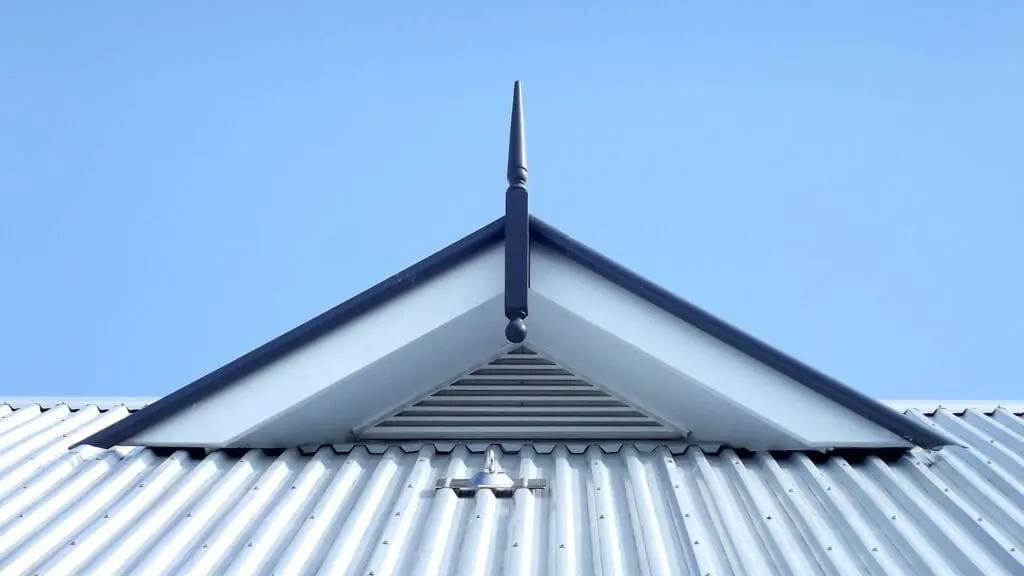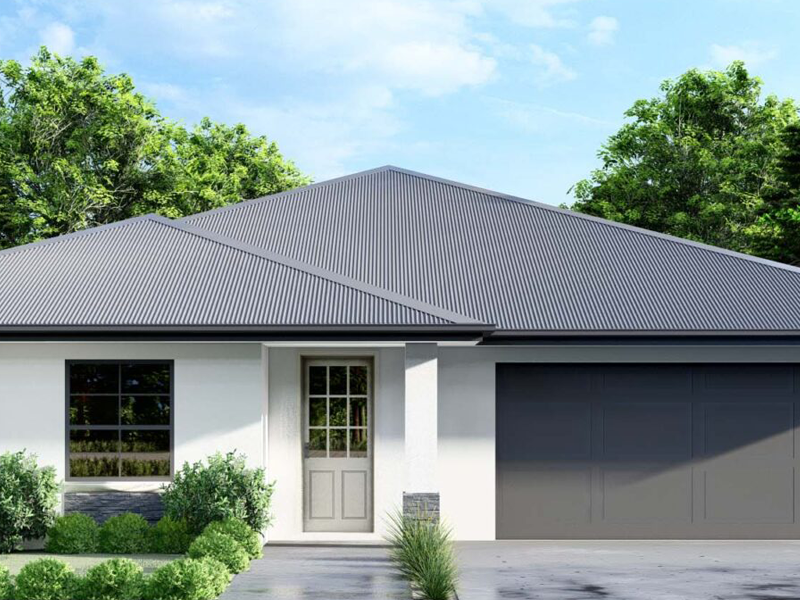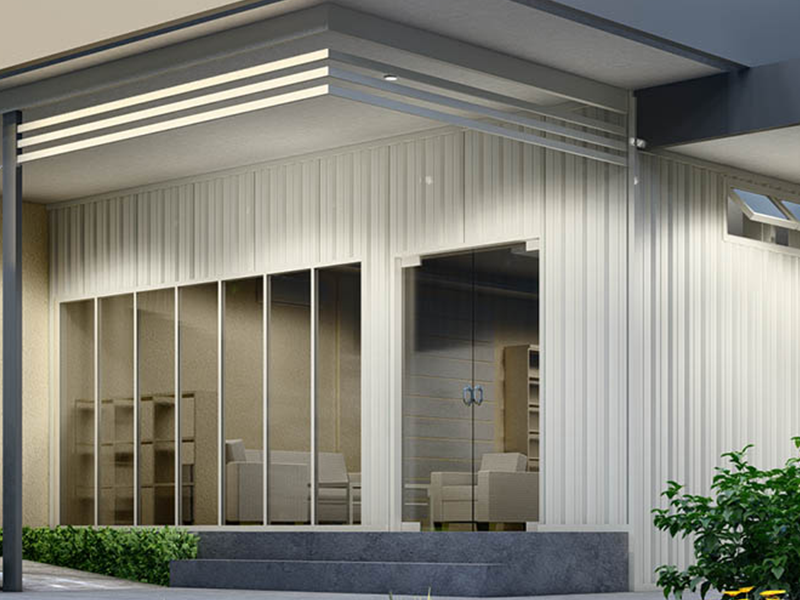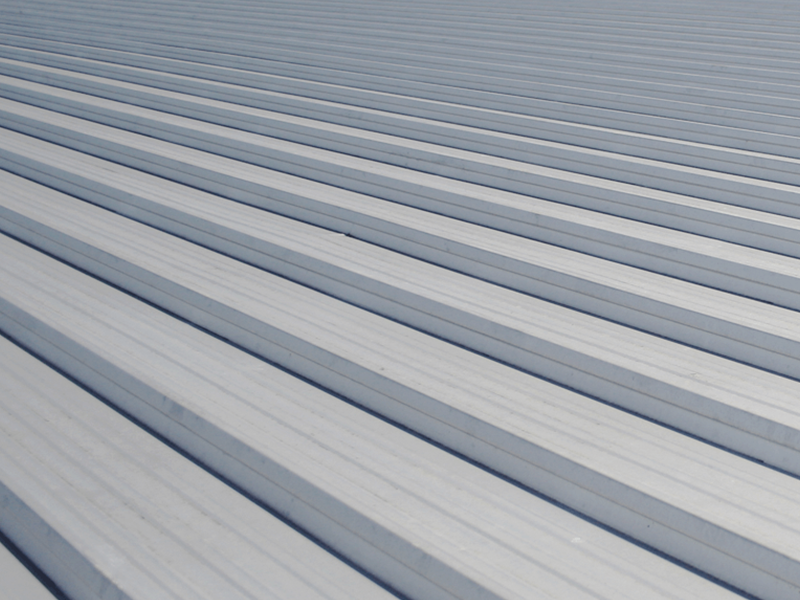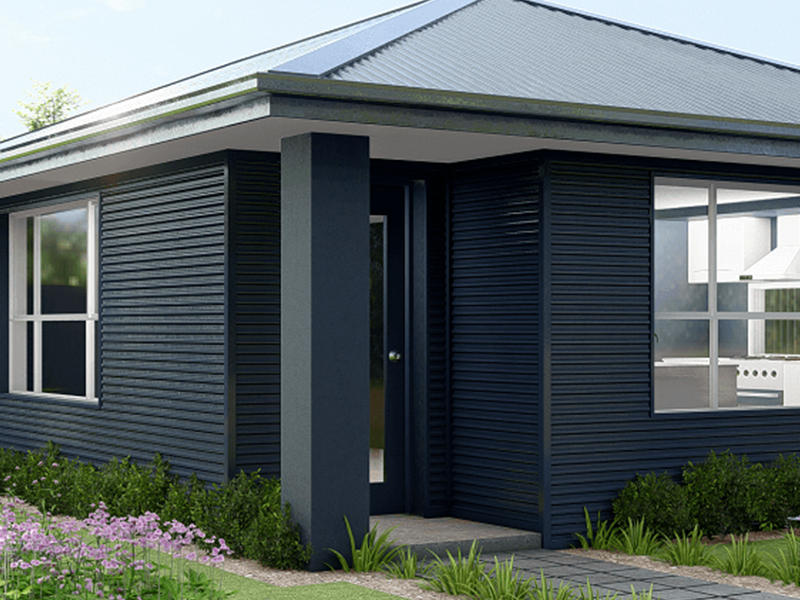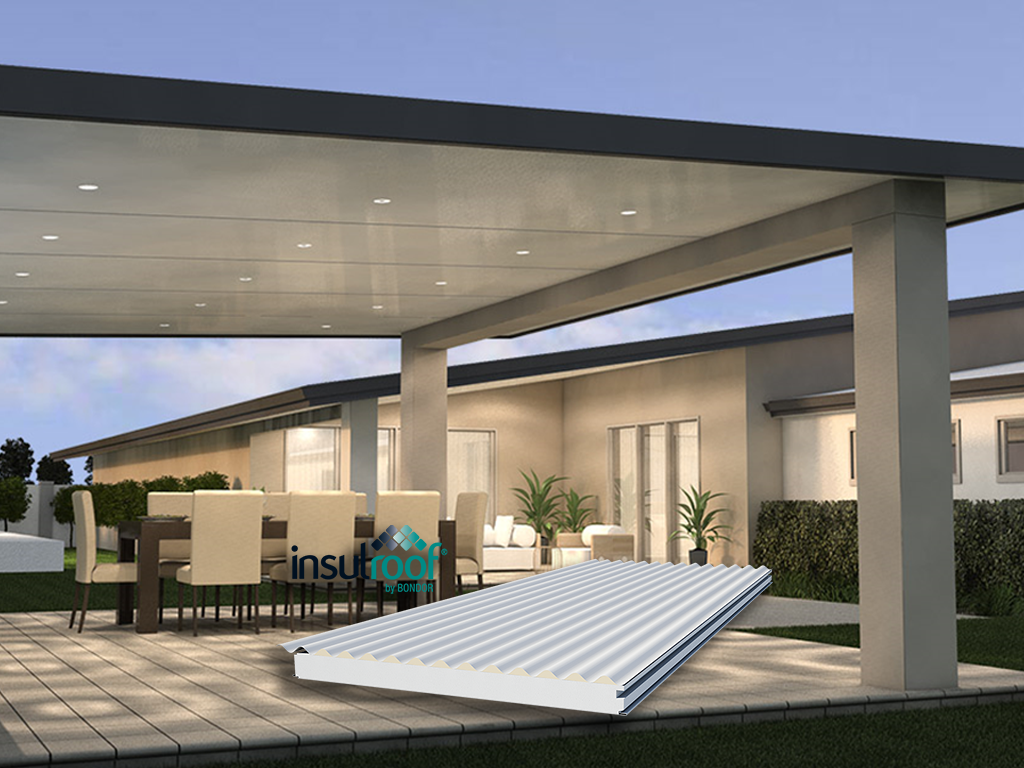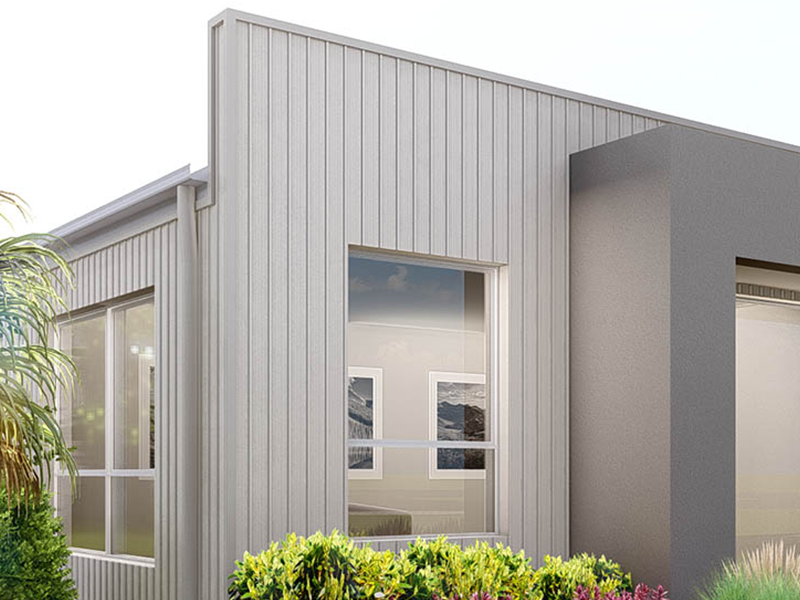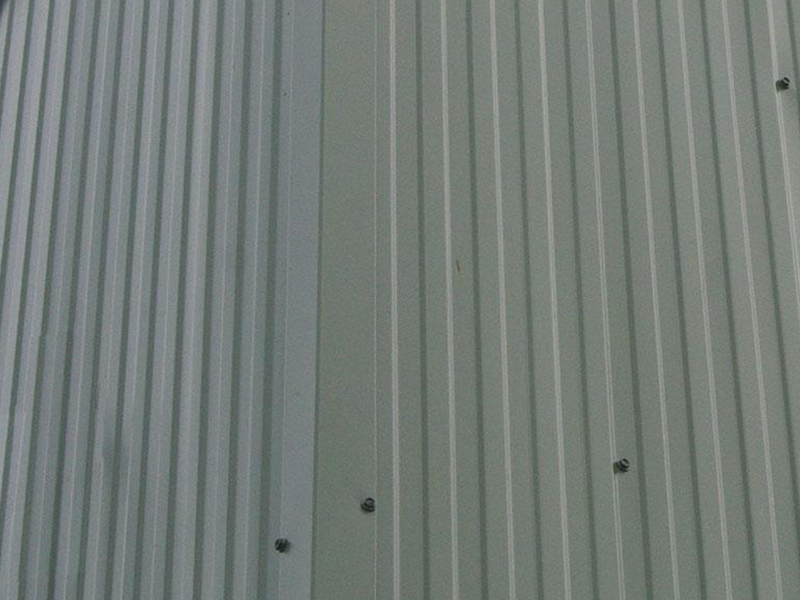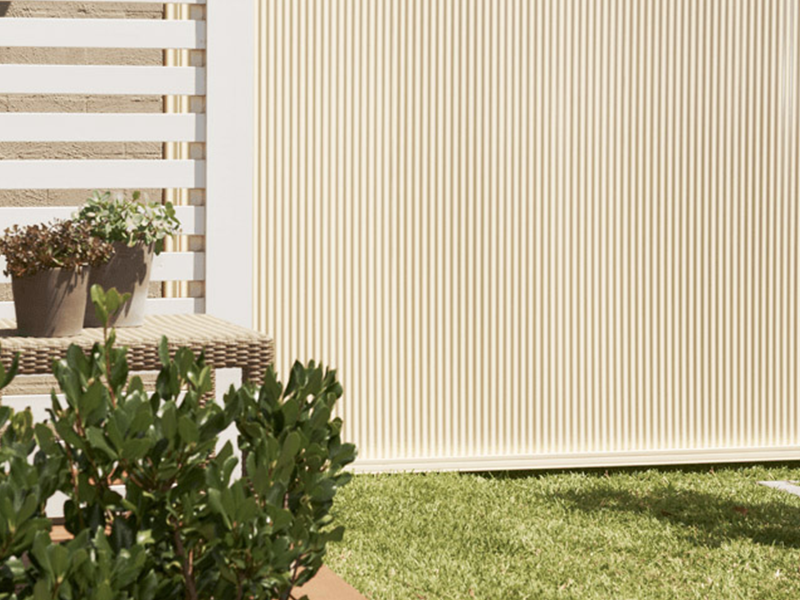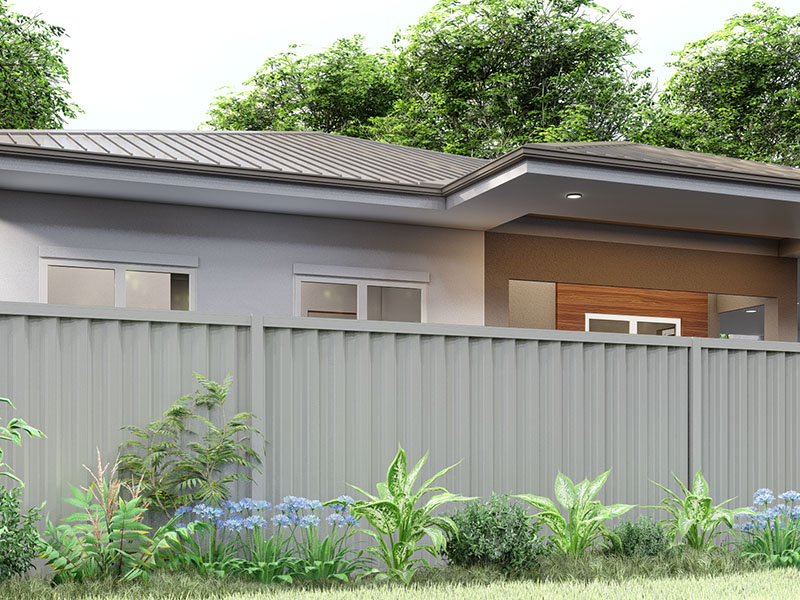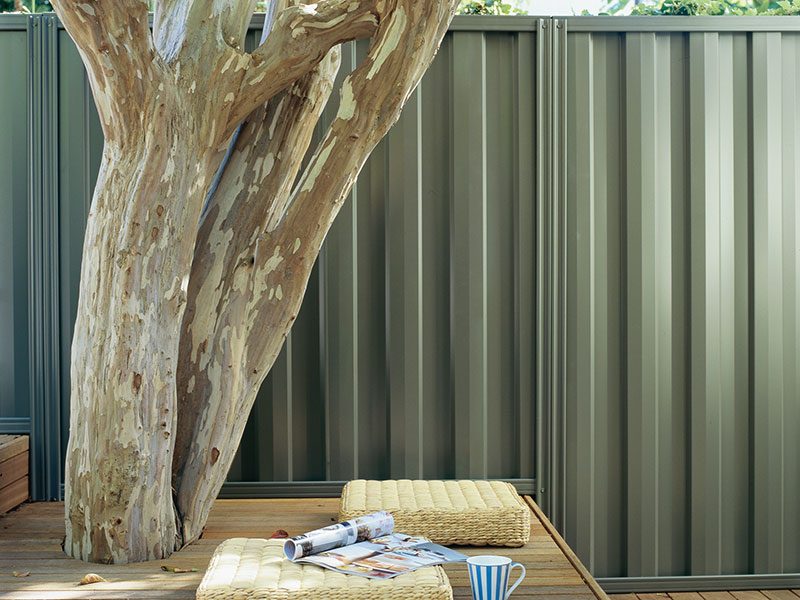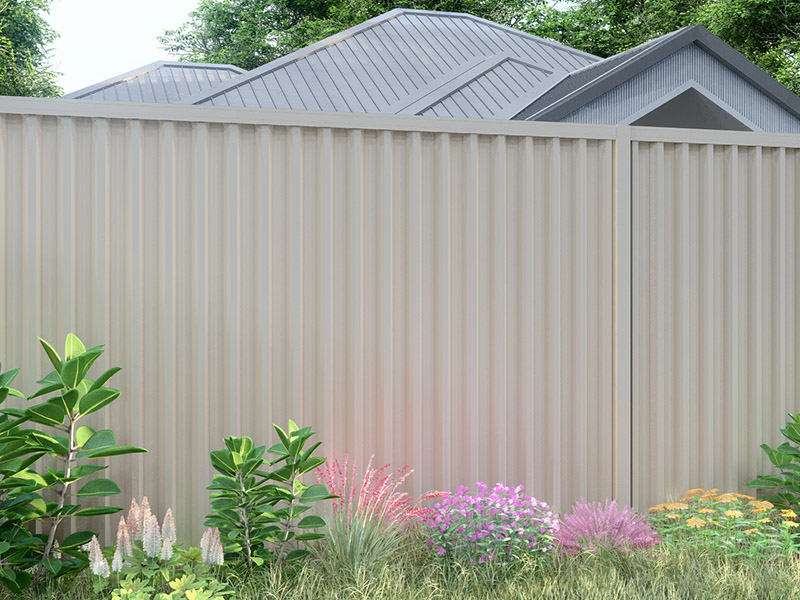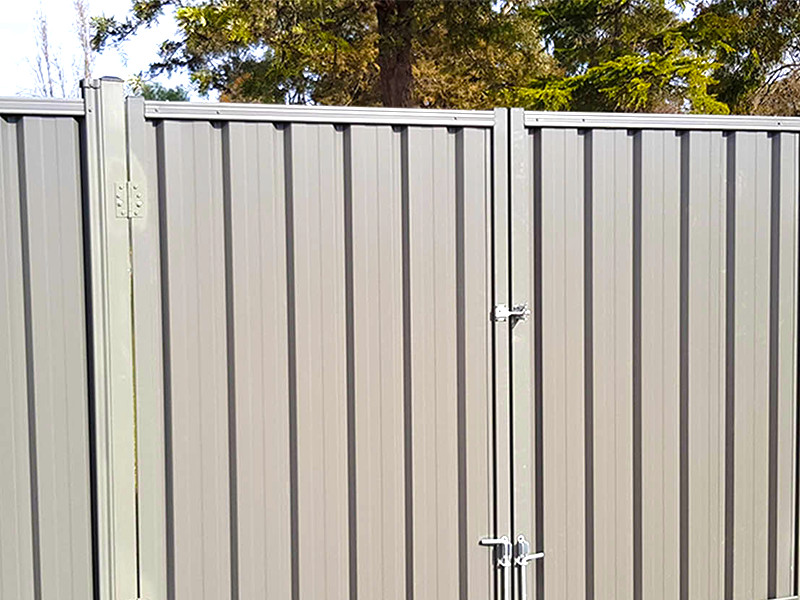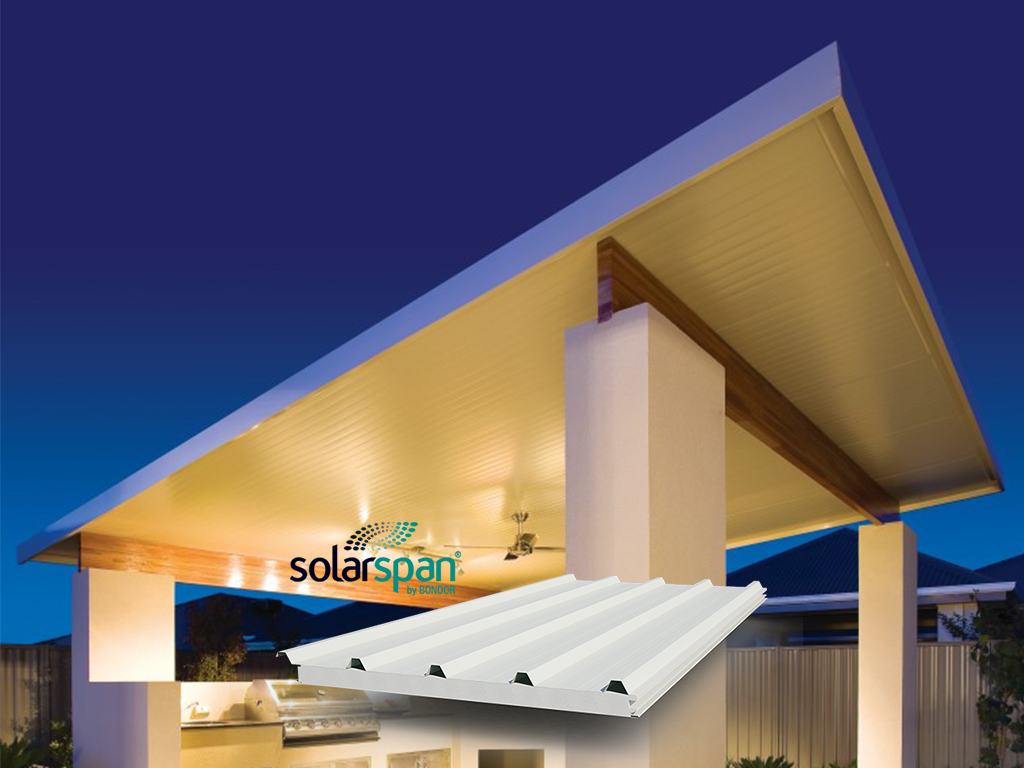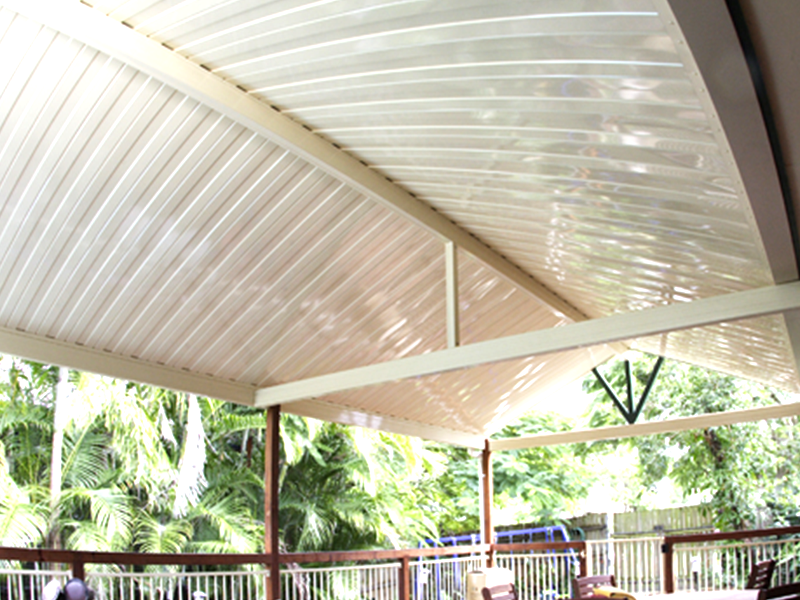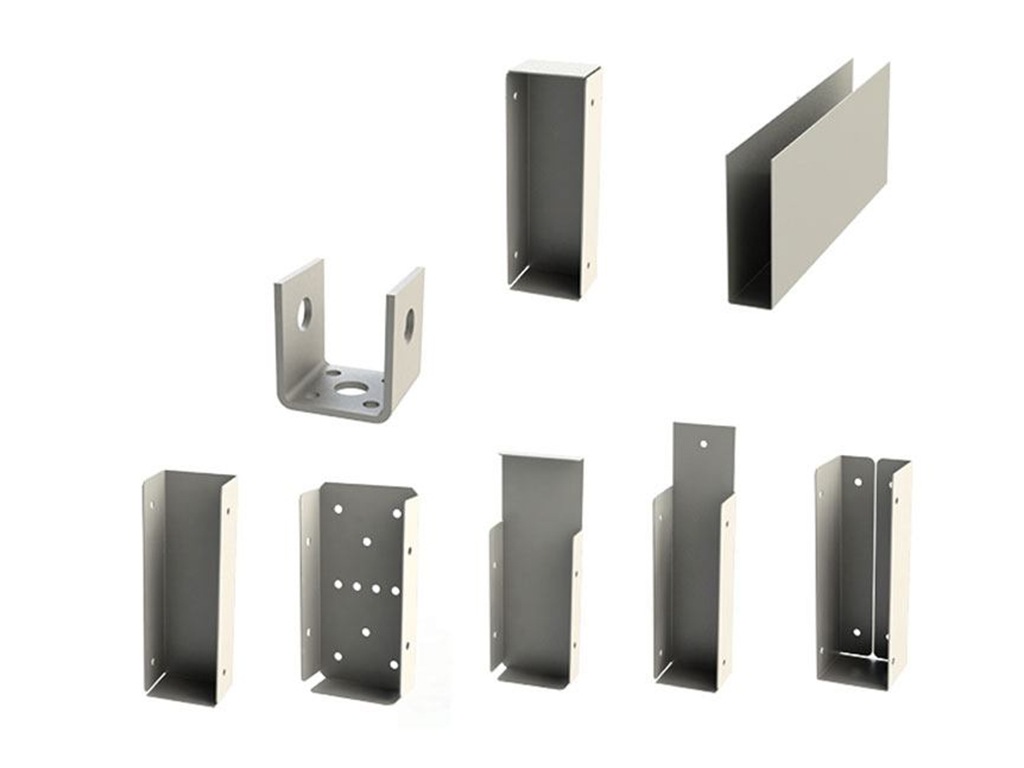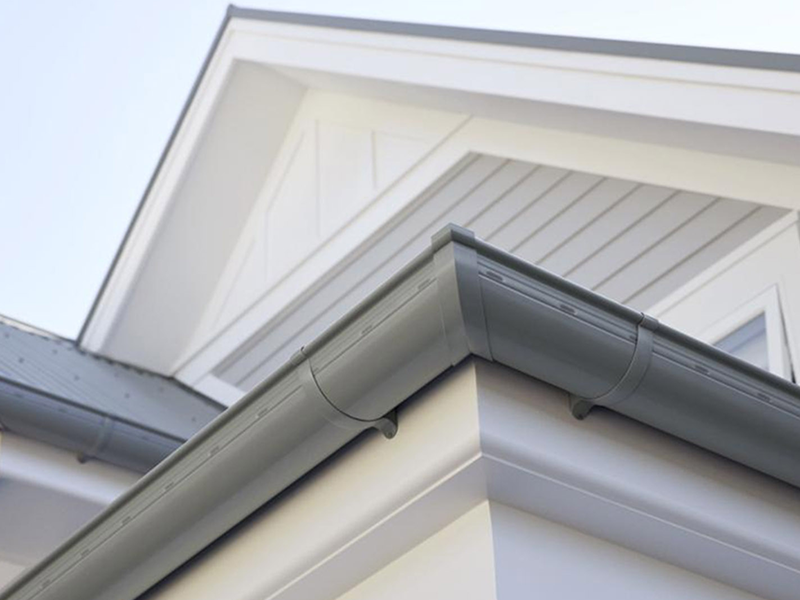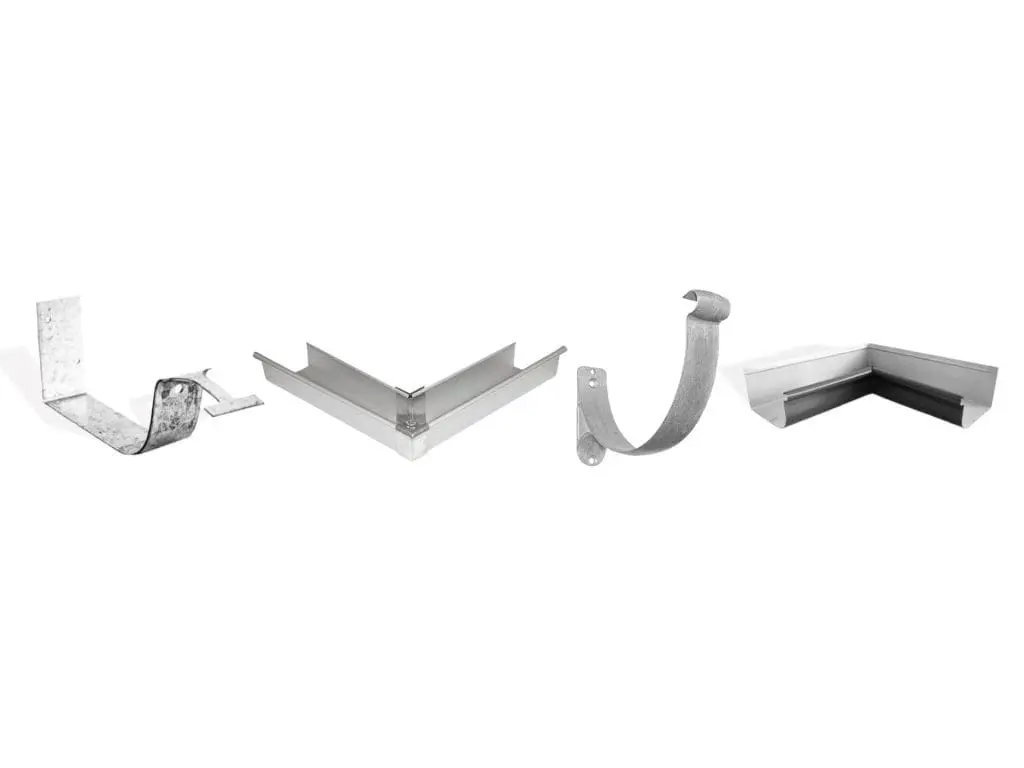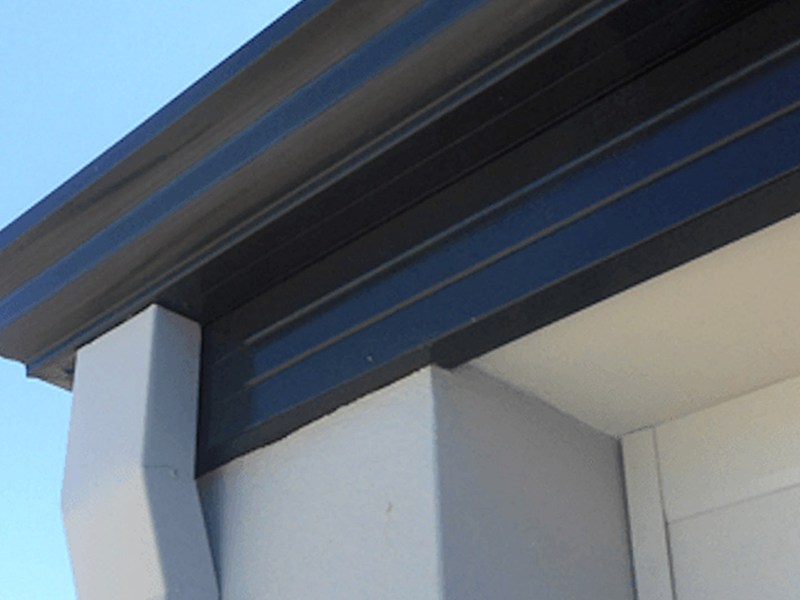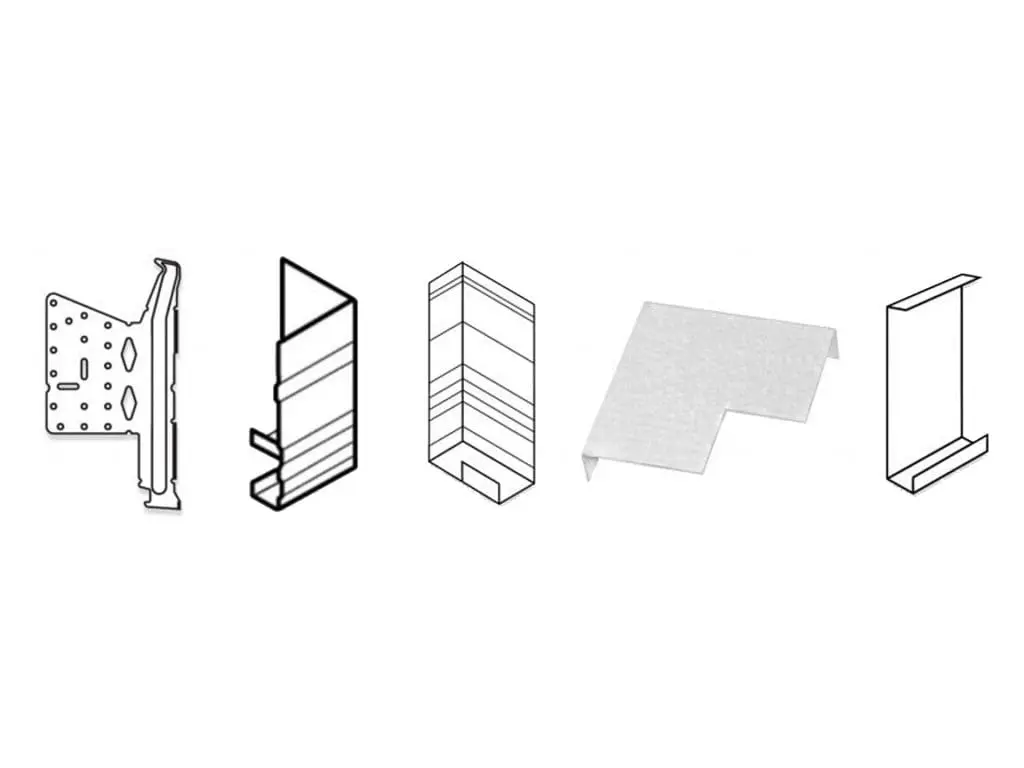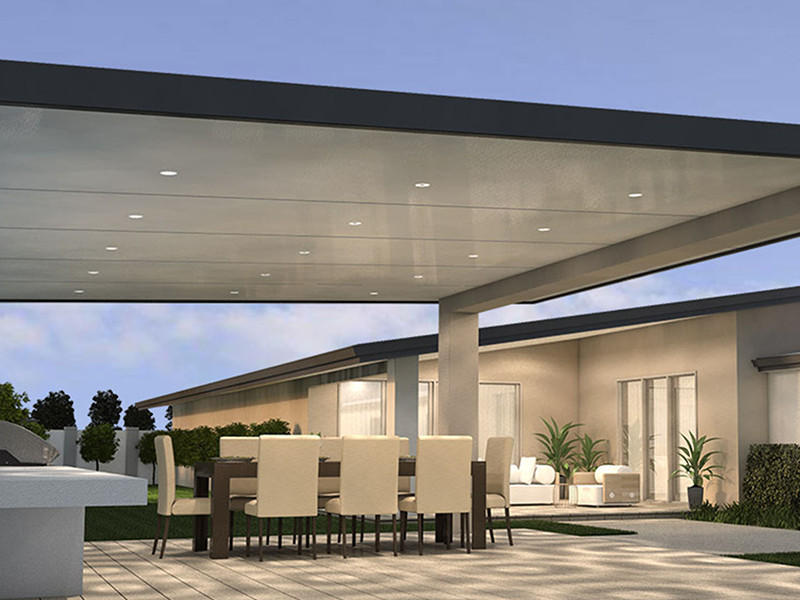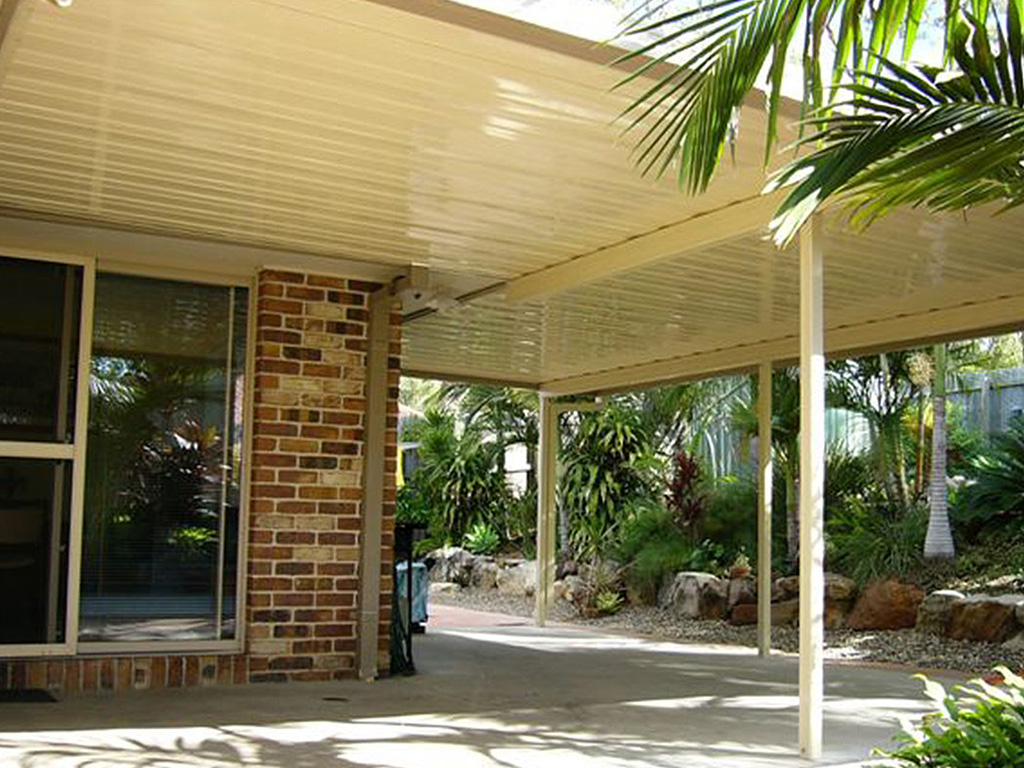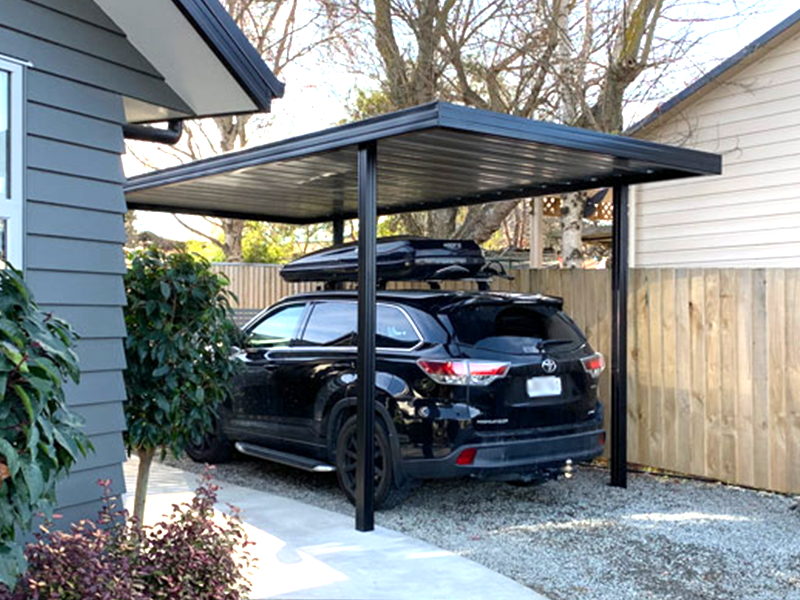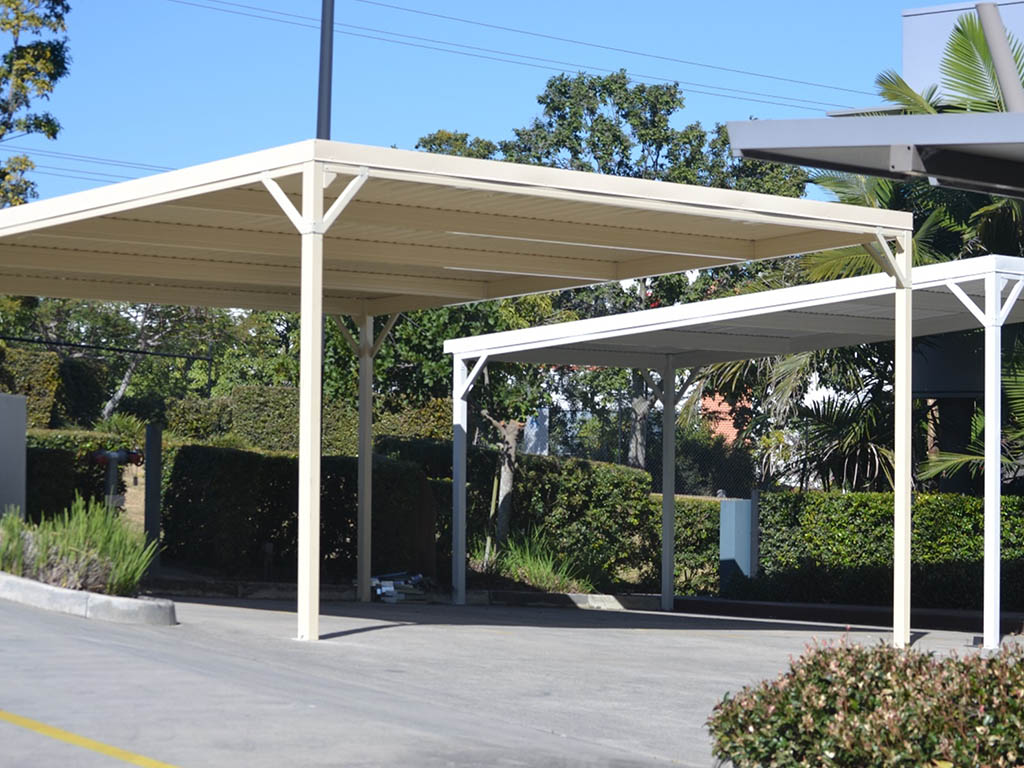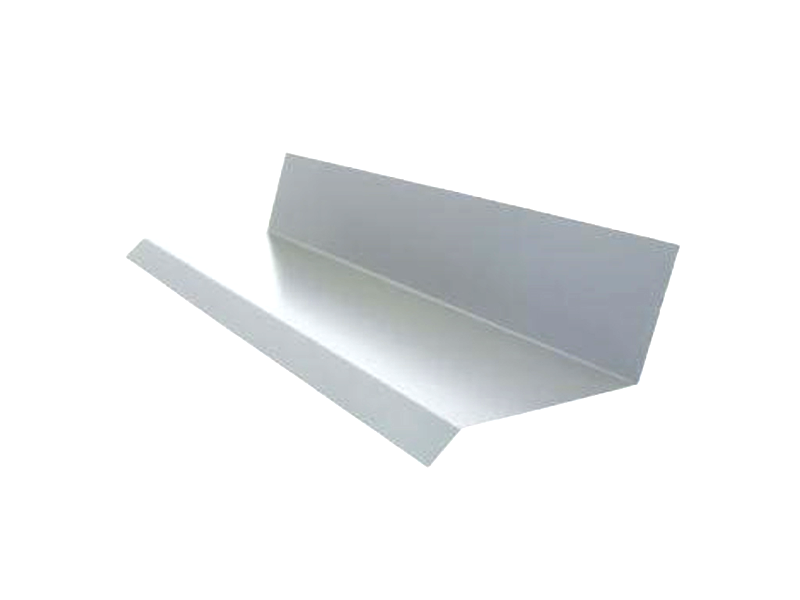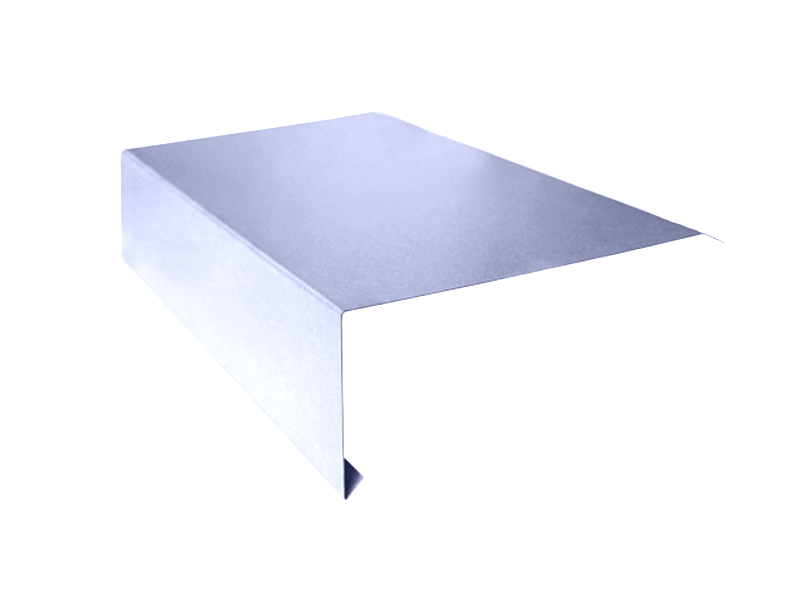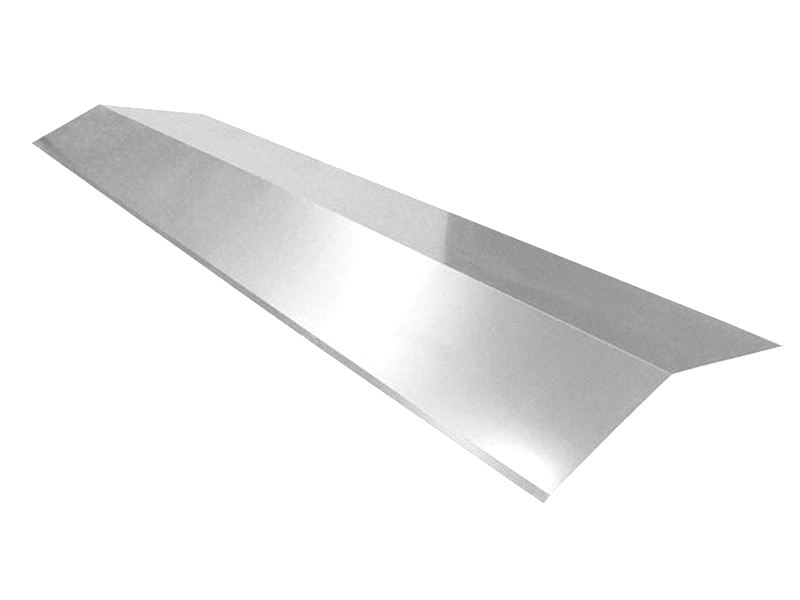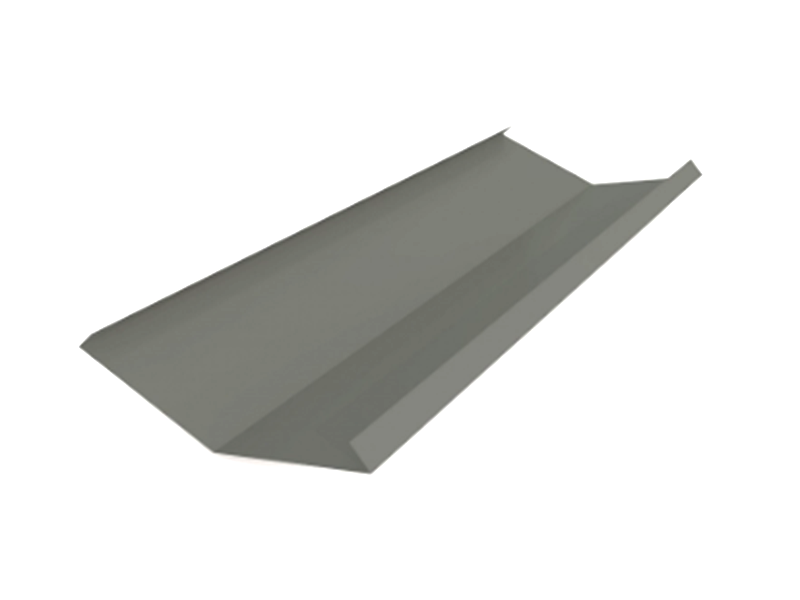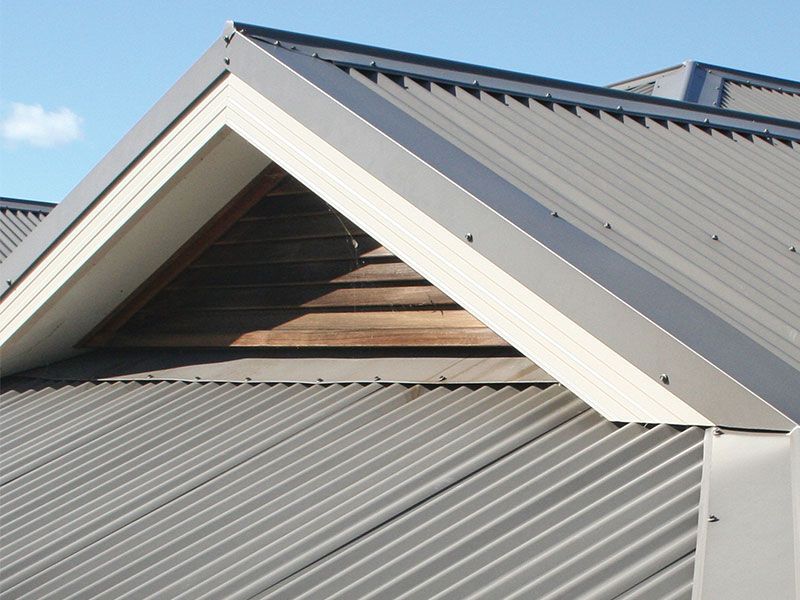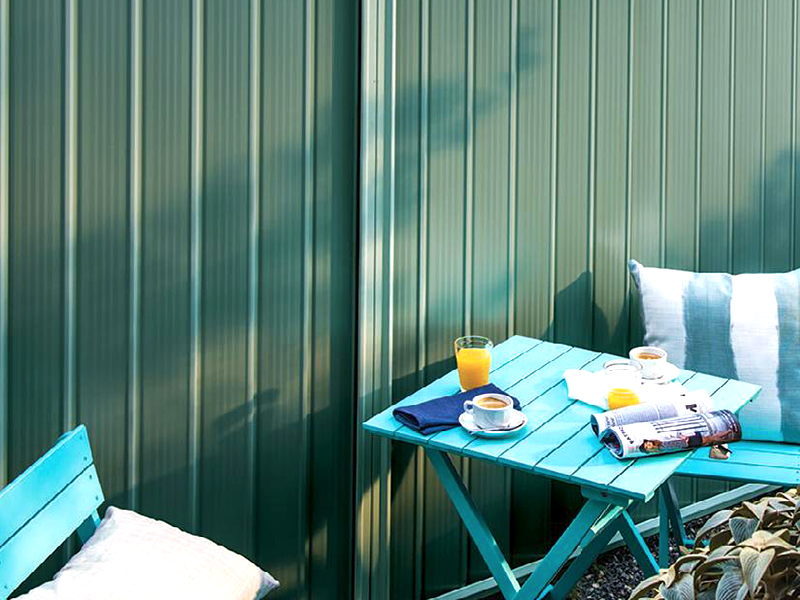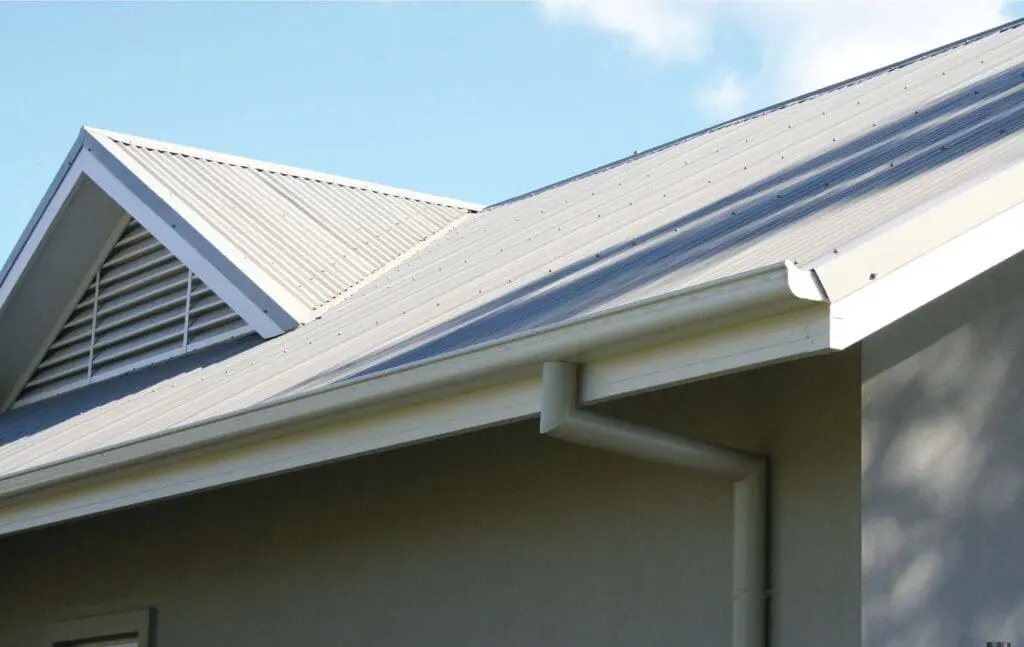
Colorbond Roof vs. Tiled Roof The Ease of Repairing
January 23, 2025
When it comes to roofing, two popular choices are Colorbond and tiled roofs. Both have their unique advantages, but the ease and frequency of repairs can differ significantly. Understanding these differences is crucial for homeowners who want to save on repair costs, minimise downtime, and ensure the longevity of their roof. Let’s dive into how Colorbond and tiled roofing compare when it comes to keeping your home safe and sound.
Colorbond Roofing
Lightweight and Durable
Colorbond roofing is made from high-quality steel, making it both lightweight and durable. Unlike heavier roofing materials, Colorbond is less likely to suffer from damage caused by its own weight, such as cracking or sagging over time. Thanks to its steel composition, Colorbond roofs can better withstand extreme weather events strong winds, heavy rainfall, and even hail without significant damage. For example, homeowners in storm-prone areas have reported fewer instances of dents or leaks when compared with traditional tile roofing. This added resilience often translates to fewer repair calls and a longer overall lifespan.Easy to Handle
Because Colorbond sheets are relatively light, they are easier to maneuver during the repair process. Roofing professionals can quickly remove and replace sections without struggling with heavy materials. This lighter weight means less strain on both the roof structure and the workers who perform the repairs, potentially lowering labor costs. It can also reduce the chances of on-site accidents because workers can handle the roofing panels more safely. In many cases, a Colorbond repair job can be done in a single day, minimising disruptions to your daily routine.Fewer Joints and Seams
Compared to tiled roofing, Colorbond typically comes in larger sheets with fewer joints and seams. This design inherently reduces the potential for leaks since there are fewer gaps where water could penetrate. Roof leaks often occur at the seams or joints, particularly in older tiled roofs where mortar or sealant has degraded over time. With Colorbond, identifying a leak becomes more straightforward if water is getting through, you can usually pinpoint the affected panel quickly and fix it before extensive water damage occurs. This efficiency can save homeowners both time and repair costs in the long run.Corrosion Resistance
Colorbond roofing is coated with a protective layer that makes it resistant to corrosion. This protective coating is especially beneficial in coastal or high-humidity regions, where salt-laden air or moisture can easily lead to rust in other metal materials. Modern Colorbond finishes are designed to reflect some of the sun’s heat, adding to the durability and helping manage indoor temperatures. With routine checks such as washing away accumulated salt or debris you can maintain this protective layer for many years. This reduces the likelihood you’ll need to replace sections due to corrosion, further extending the life of your roof.Versatility
Colorbond roofing can be easily cut and shaped to fit any roof design, whether you have a simple gable roof or a more complex, architecturally unique structure. Replacing damaged sections is straightforward because each panel can be custom-cut to match existing shapes. Not only does this versatility apply to shapes, but also to colour choices. Colorbond offers a wide range of colours and finishes, making it easier to find a precise match if you need to replace a portion of the roof. Homeowners often appreciate how well new panels blend with older ones, maintaining a seamless look after repairs.Tiled Roofing
Heavy and Fragile
Tiled roofing, often made from clay or concrete, is heavier and more fragile than Colorbond. While tiles can offer excellent insulation and a classic aesthetic, their increased weight can pose structural challenges over time. Heavy tiles might crack under their own weight if the roof structure isn’t adequately supported or if additional stress like a fallen branch impacts them. In areas prone to hailstorms or high winds, these tiles may require more frequent inspections. One misdirected branch during a storm can fracture multiple tiles, leading to leaks if not promptly repaired.Labor-Intensive Repairs
Because of the weight and fragility of tiles, repairing a tiled roof can be more labour-intensive. Roofers must carefully remove and replace broken tiles without damaging the surrounding area. Professionals often need special equipment or techniques like padded walk boards to distribute weight evenly. Each cracked tile must be lifted or slid out individually, making the process meticulous and time-consuming. Consequently, labour costs for tiled-roof repairs can be higher, and the timeframe for completing the work is usually longer than it is for Colorbond.More Joints and Seams
With tiled roofing, each tile represents a potential joint or seam. The sheer number of these joints increases the likelihood of leaks and makes it harder to track down the exact source of a problem. Water can slip through tiny gaps in the mortar or the overlap between tiles, especially as the roof ages. Regular maintenance such as resealing or re-grouting can help, but homeowners who delay these steps risk small leaks turning into bigger, more expensive issues. It’s also crucial to inspect flashing around chimneys, skylights, and vents, as these are common weak points in a tiled roof.Susceptibility to Weathering
Clay and concrete tiles can suffer from weathering over time. They may crack, chip, or experience moss and algae growth, especially in damp or shaded areas. Moss can retain moisture, leading to further deterioration of the tile surface. In freeze-thaw climates, trapped water can freeze and expand, causing tiles to crack. Regular pressure washing or applying anti-moss treatments can help, but these measures add to the overall maintenance requirements of a tiled roof.Matching Tiles
When a section of tiled roofing is damaged, finding matching tiles can be difficult especially if the tile model is discontinued or the roof is older and has naturally weathered. This mismatch can result in a patchy appearance. Some homeowners resort to painting or staining new tiles to achieve a closer colour match, but results can vary. Others look for reclaimed tiles that match the age and style of their existing roof. If aesthetics are a top priority, it’s wise to keep a supply of spare tiles from the original installation, but this isn’t always feasible.Conclusion
In summary, while both Colorbond and tiled roofing have their distinct advantages, Colorbond roofing stands out for its easier repair process. Its lighter weight, durable steel composition, and fewer seams contribute to a hassle-free experience when addressing minor damage or leaks. On the other hand, tiled roofing, although prized for its traditional look and potential insulating benefits, can be more time-consuming and costly to repair due to its fragility and the challenge of matching replacement tiles.- Budget: If you want to keep repair costs and labour expenses down, Colorbond might be the better choice.
- Aesthetic Preferences: For those who love the classic appeal of tile roofs, be prepared for a bit more effort when it comes time for repairs.
- Maintenance: Both types benefit from regular inspections. Promptly fixing small issues can prevent big, expensive headaches down the line.

